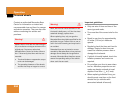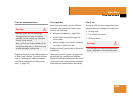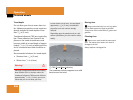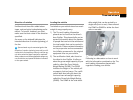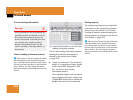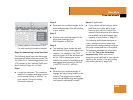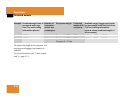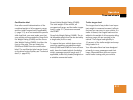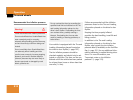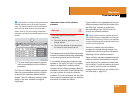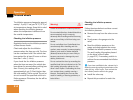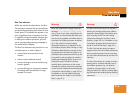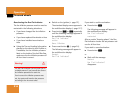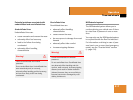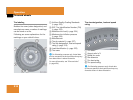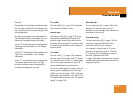
312
Operation
Tires and wheels
Recommended tire inflation pressure
Your vehicle is equipped with the Tire and
Loading Information placard located on
the driver’s door B-pillar (
୴ page 307).
The tire inflation pressure should be
checked regularly and should only be ad-
justed on cold tires. The tires can be con-
sidered cold if the vehicle has been parked
for at least three hours or driven less than
one mile (1.6 km).
Follow recommended cold tire inflation
pressures listed on the Tire and Loading
Information placard on the driver’s door
B-pillar.
Keeping the tires properly inflated
provides the best handling, tread life and
riding comfort.
In addition to the Tire and Loading
Information placard on the driver’s door
B-pillar, also consult the tire inflation
pressure label (if available) on the fuel filler
flap (
୴ page 291) for any additional infor-
mation pertaining to special driving situa-
tions. For more information, see
“Important notes on tire inflation
pressure” (
୴ page 313).
Warning! G
Follow recommend tire inflation pressures.
Do not underinflate tires. Underinflated tires
wear excessively and/or unevenly,
adversely affect handling and fuel economy,
and are more likely to fail from being over-
heated.
Do not overinflate tires. Overinflated tires
can adversely affect handling and ride
comfort, wear unevenly, increase stopping
distance, and result in sudden deflation
(blowout) because they are more likely to
become punctured or damaged by road
debris, potholes etc.
Do not overload the tires by exceeding the
specified load limit as indicated on the Tire
and Loading Information placard on the
driver’s door B-pillar. Overloading the tires
can overheat them, possibly causing a
blowout. Overloading the tires can also
result in handling or steering problems, or
brake failure.



